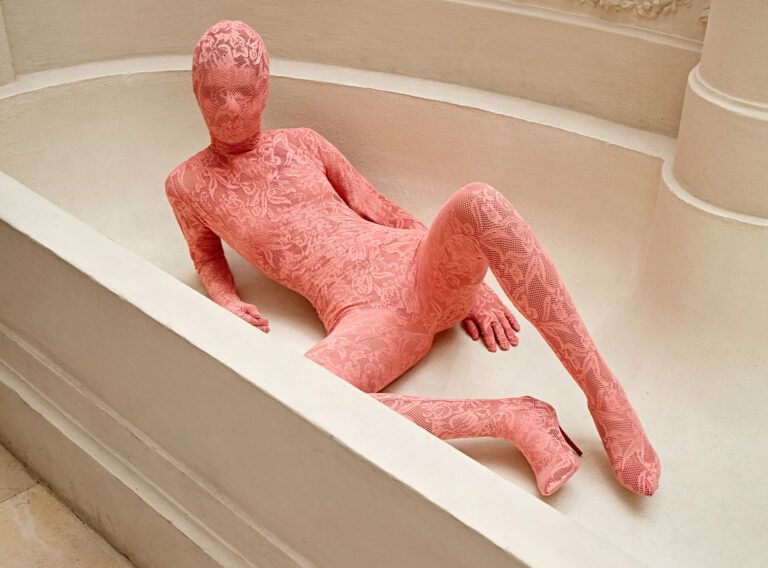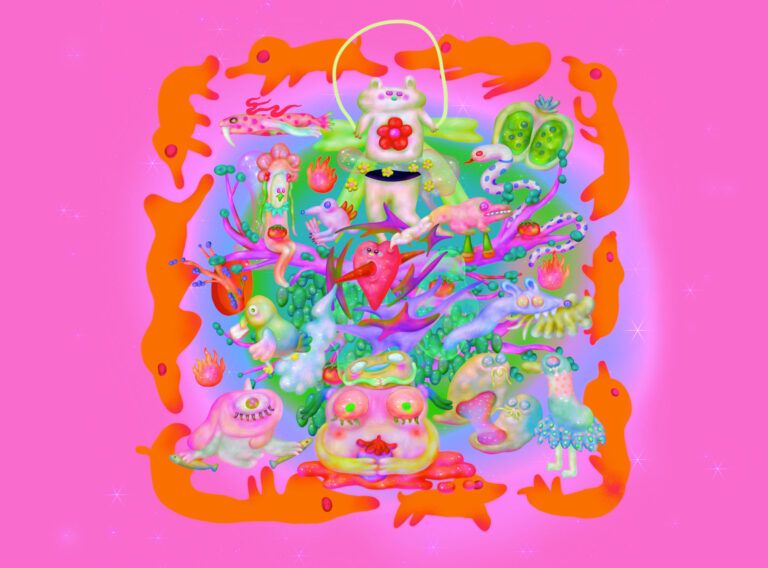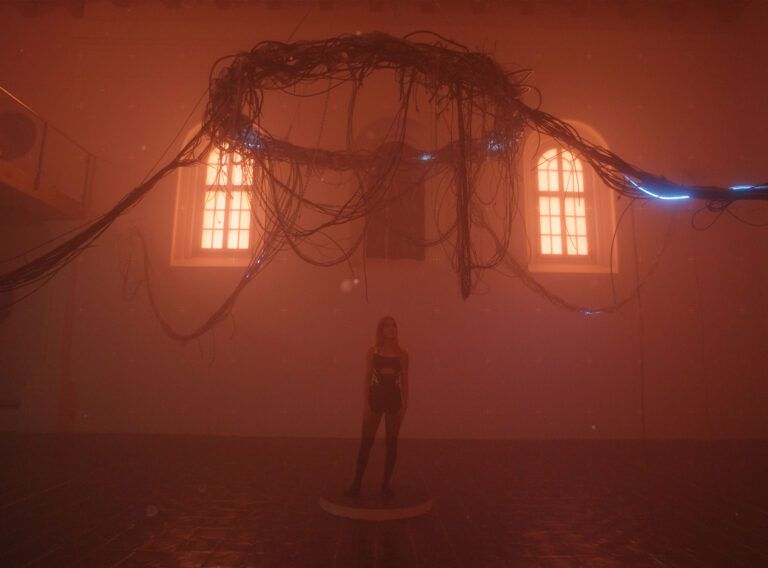The BRADPIT91 collection is a synthesis of the cybernetic world and the real one. Jewellery is an ancient way of presenting one’s ideals, wealth and social status. On the other hand, you reflect the negative side of life influenced by modern technologies with BRADPIT91. Who’s the ideal owner of a piece from this collection?
On the contrary, I would say that modern technologies are a medium through which we communicate our own ideals and social status. Which was the fundamental building thought for the BRADPIT91 collection. I think that an ideal wearer of these jewels can be anyone who understands the satire, irony and hyperbole of the whole collection.
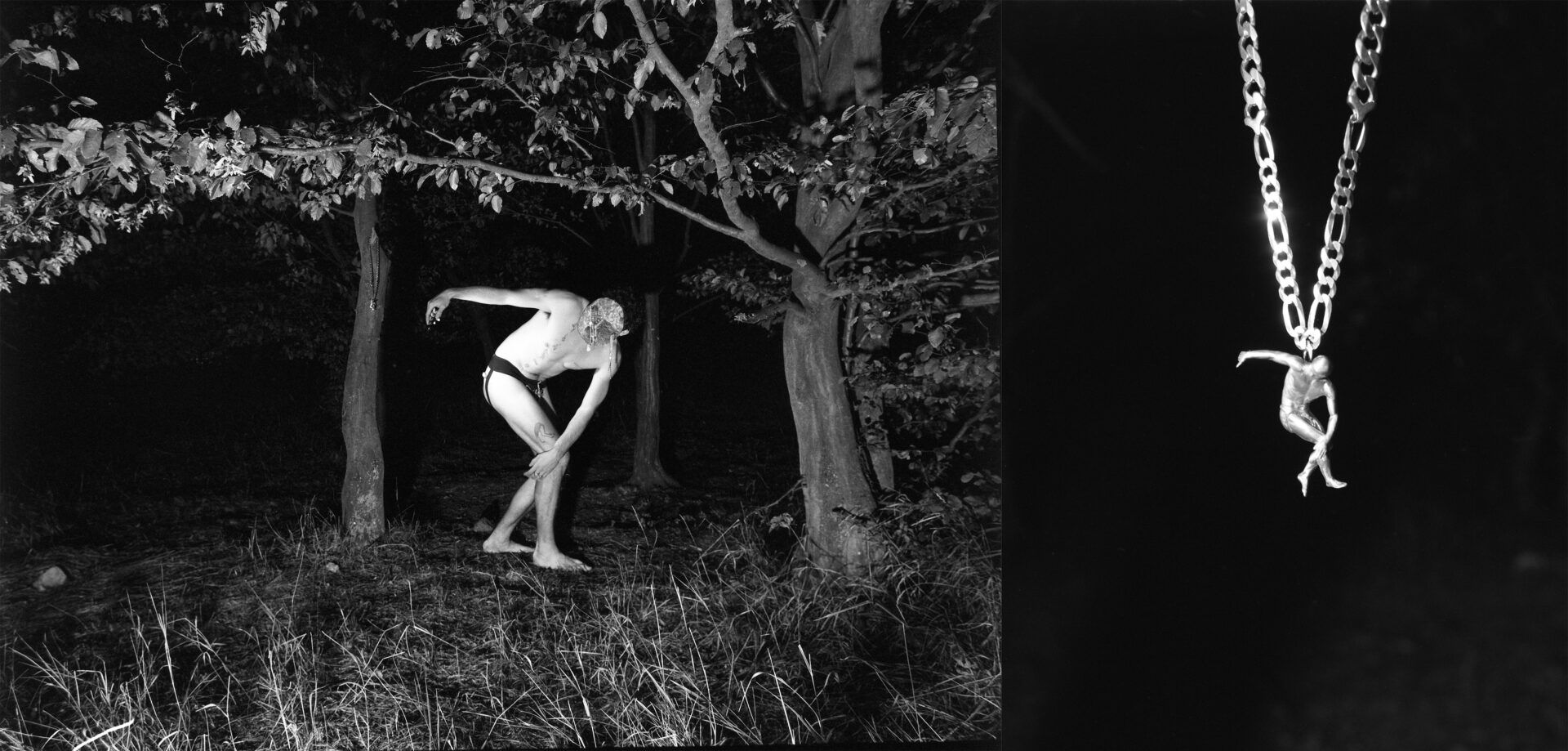
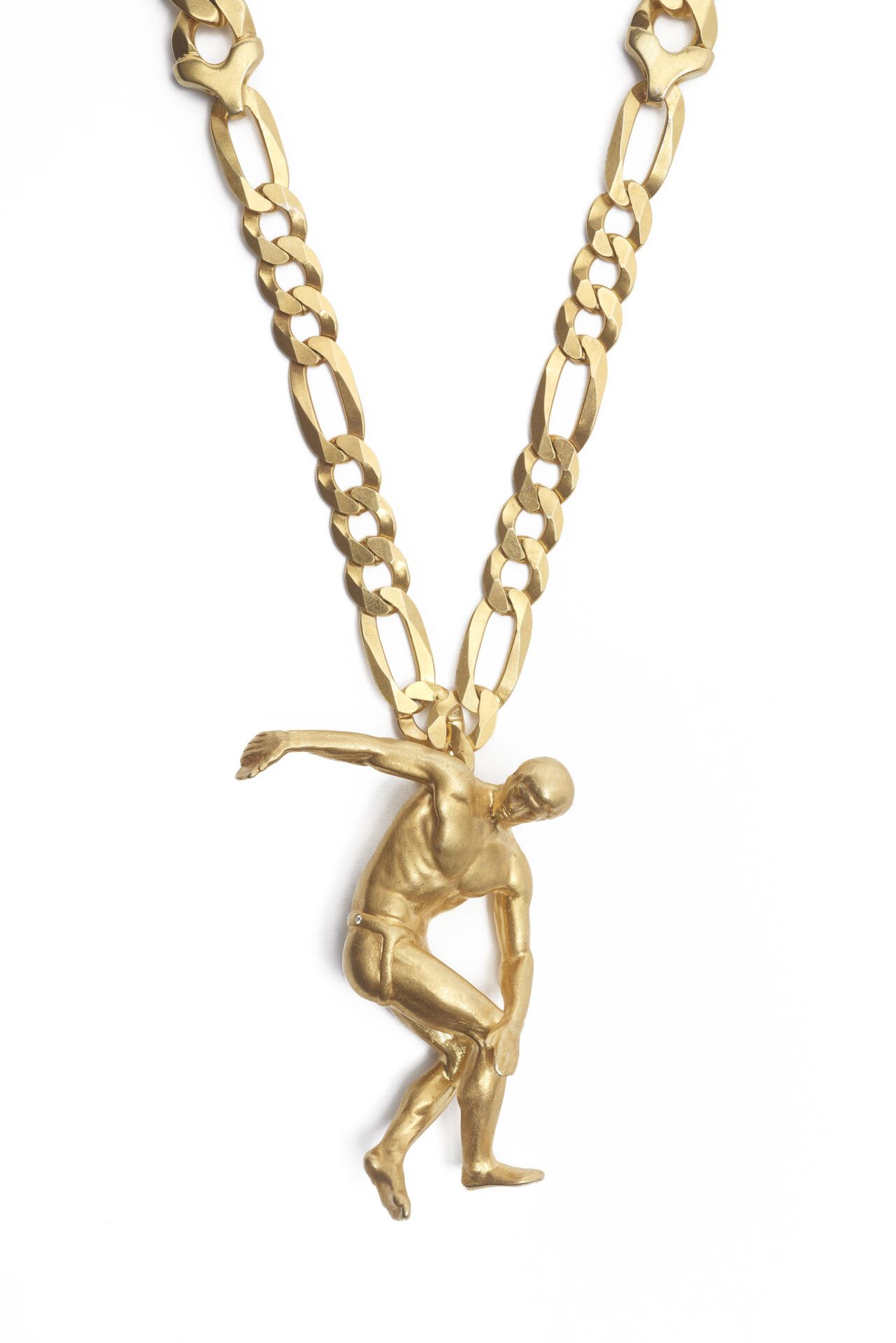
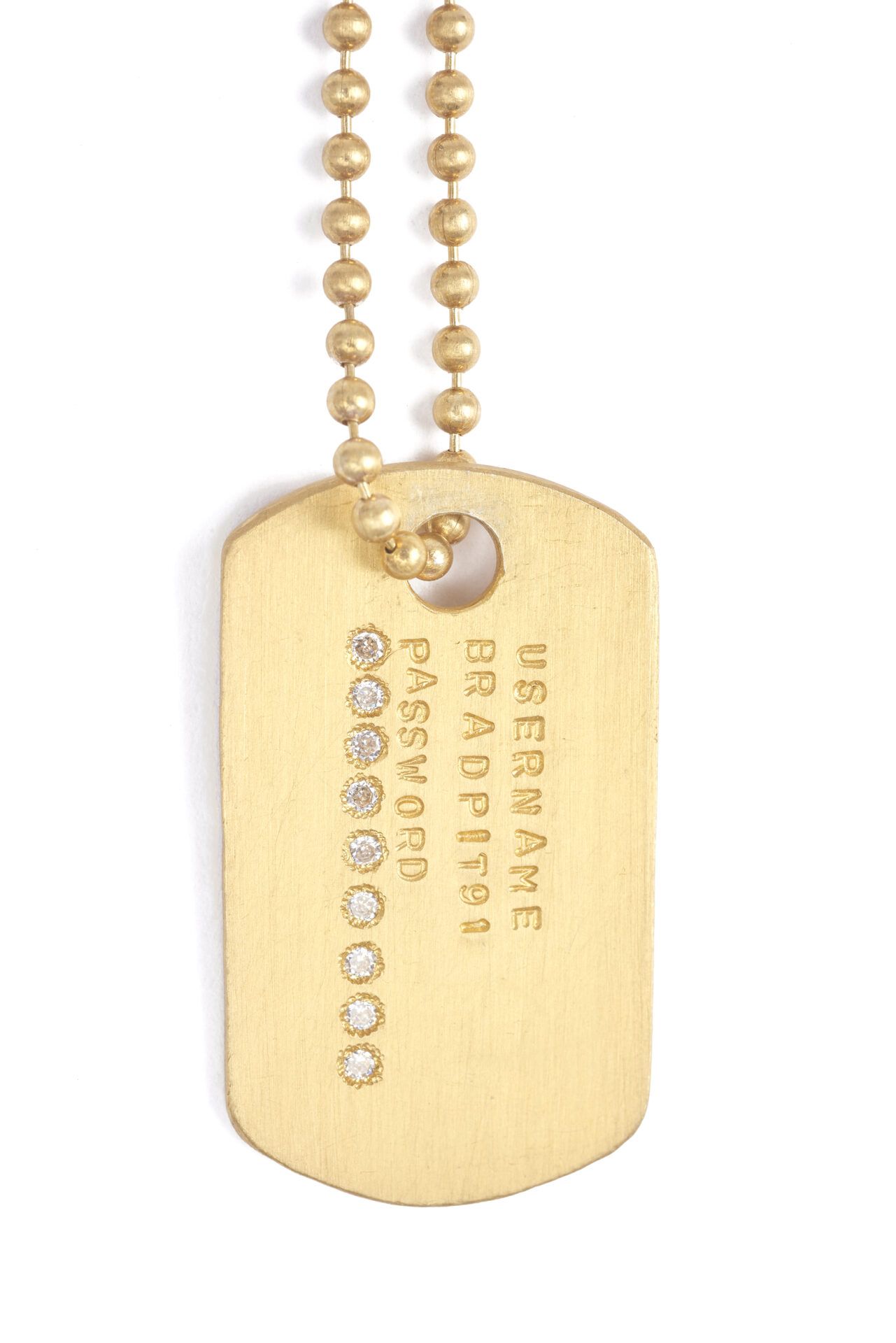
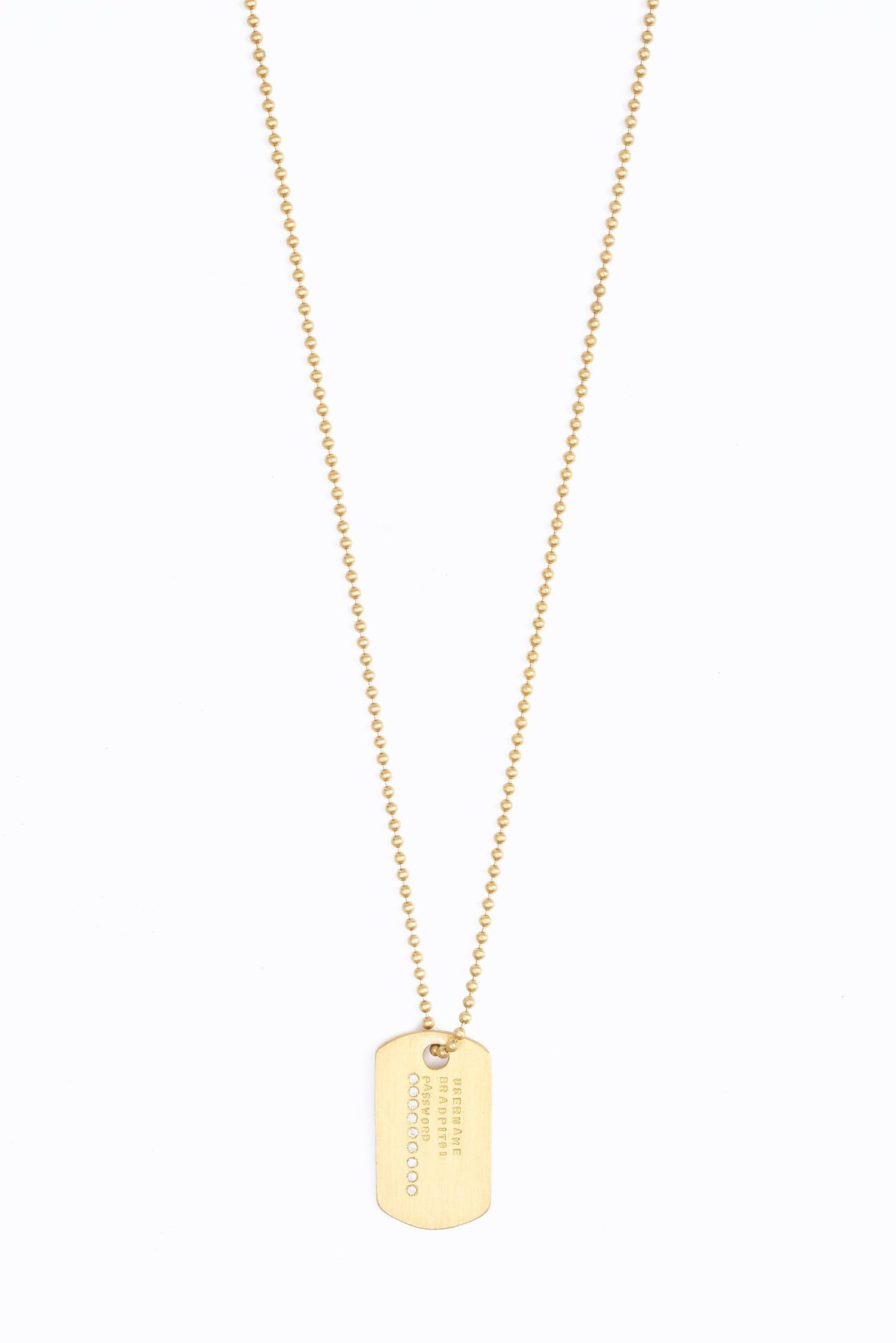
In SWARM Mag, we’re currently focusing on themes around the human body. One can’t help but notice the reference to a Hollywood icon in the collection’s name. In the accompanying features, you put on armour like a Trojan warrior who fares badly in the end. How is it possible that even sufficiently geared up and with perfect muscle volume, the hero still meets his doom?
The whole collection is very convoluted and is a blend of many layers. The imaginary hero who wanders through digital wilderness and tries to wrap himself in armour and artifacts is supposed to represent a fragile man who creates an alter ego, in this case, an avatar, named bradpit91. Somewhere in the background, I often kept thinking about the topic of social networks and chatting in which the interface allows the users to be more their own idols than who they really are. Somewhere in the background, I also kept thinking about the themes of sexual deviation that are captured e.g. in the V síti (Caught in the Net) movie. I think that a lot of aggressivity and deviations that take place on the internet wouldn’t be realized by the given person face to face – or they would be, at least, able to suppress them. The doom is, therefore, only imaginary, a kind of a reality check where the user realized that they just let themselves to be carried away by the virtual world, where they could be someone who they suppress in real life.
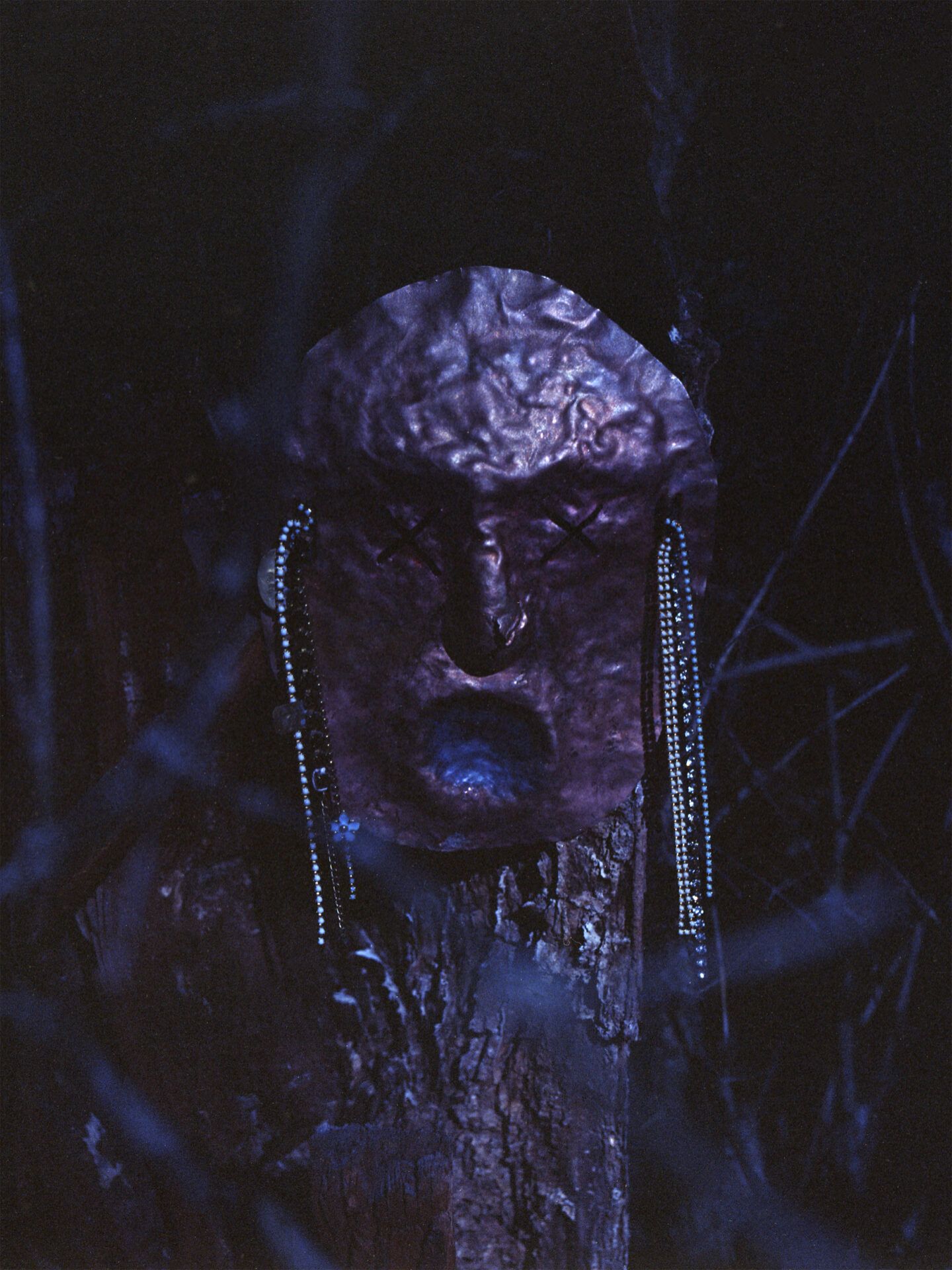

What’s the situation of jewellery oriented towards men and how does this collection address male consumers?
I think the situation is good. Within the alternative scene, jewellery is globally leaning more towards unisex designs and the boundary between ‘women’s’ and ‘men’s’ jewellery is dissipating. On the contrary, when jewells are photographed on men, a certain kind of romance, even eroticism, seeps in (e.g. Alan Crocetti). Considering that the central theme of the collection is the contradiction between male fragility, feelings of inferiority and their compensation in the form of male aggression and deviation, it speaks to people who understand it that way and it’s split fifty-fifty between women and men. The collection’s concept here is stronger than the form, that’s why it’s not determinative which gender group will wear the jewels, which I’m very happy about.

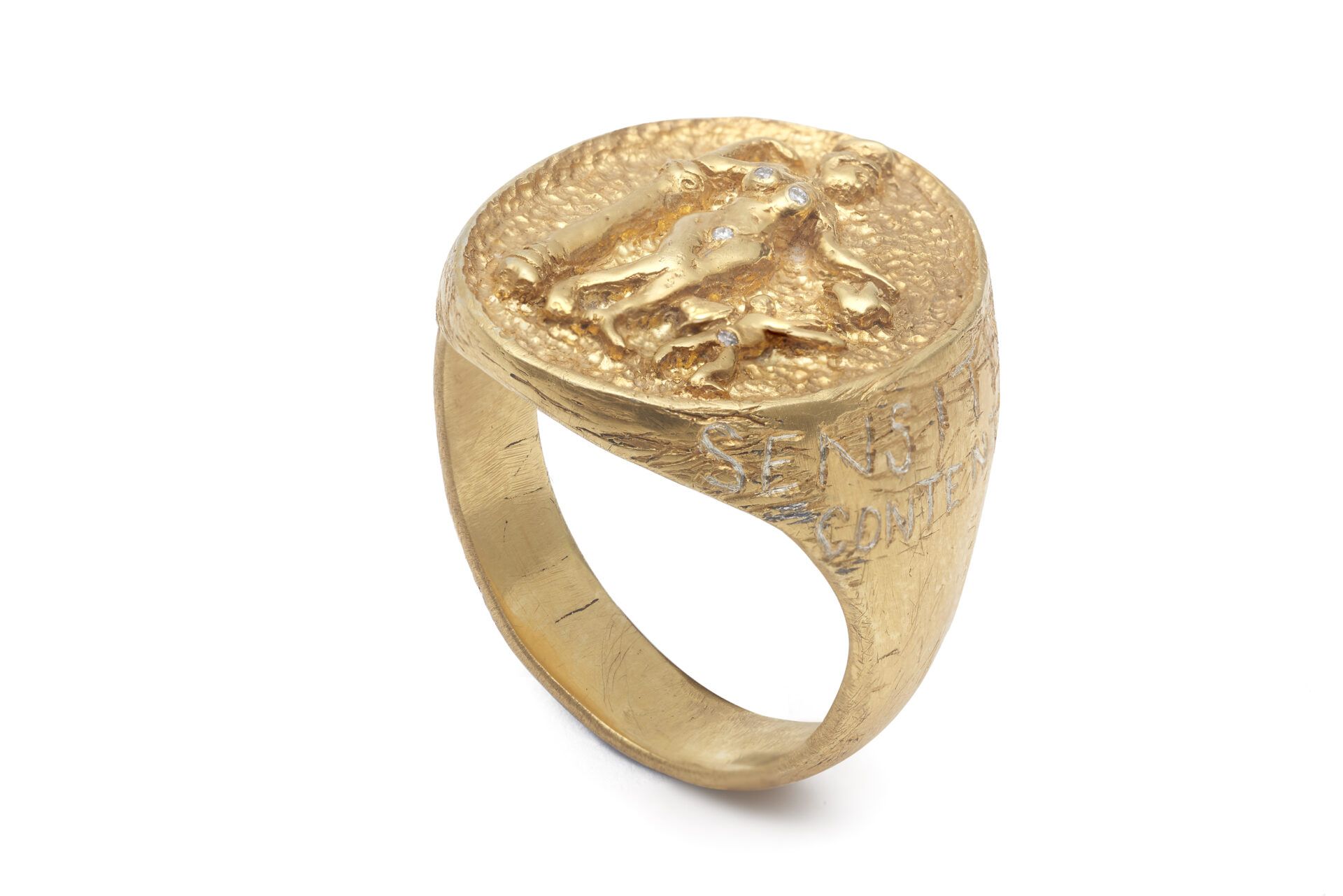
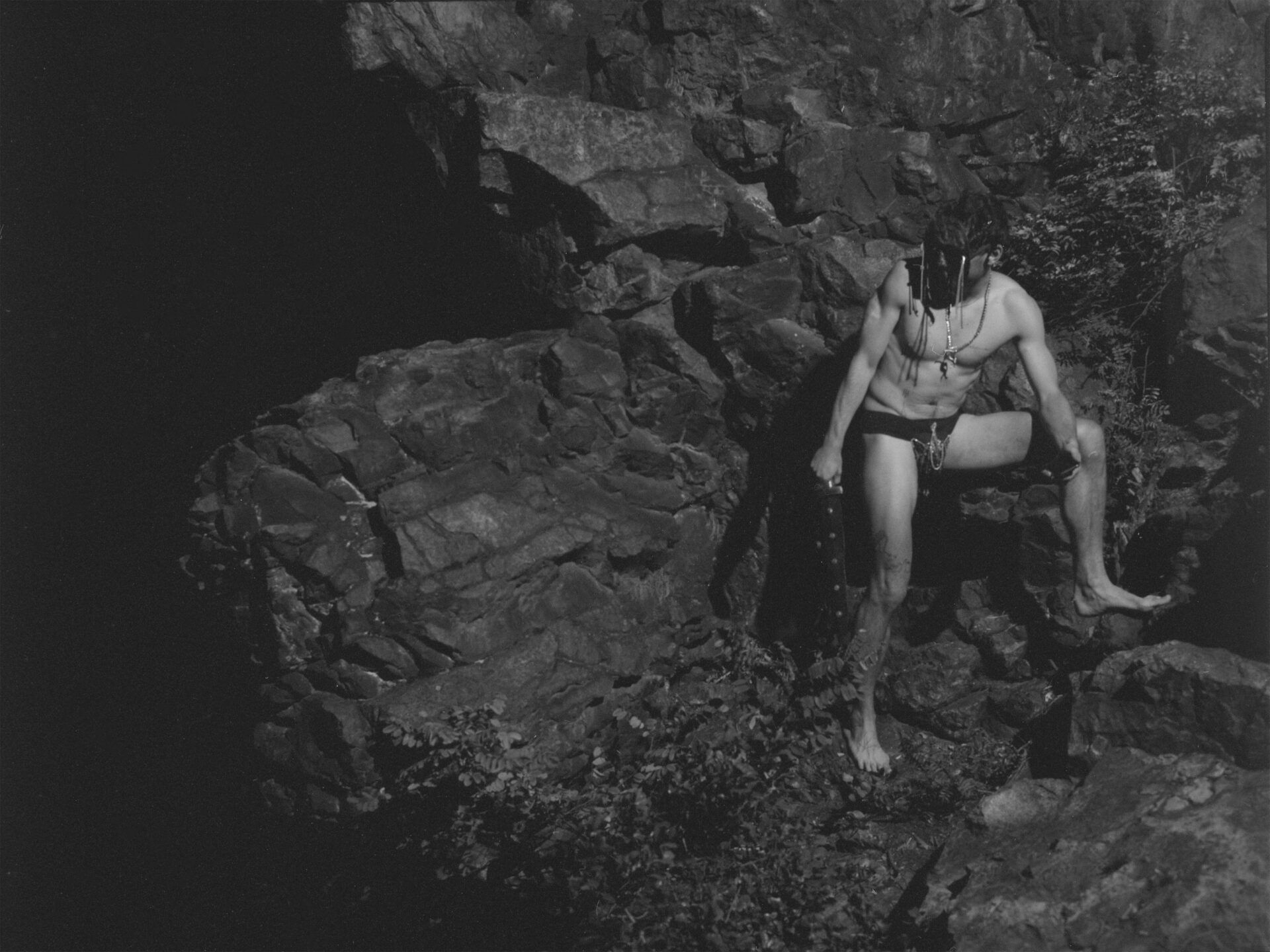
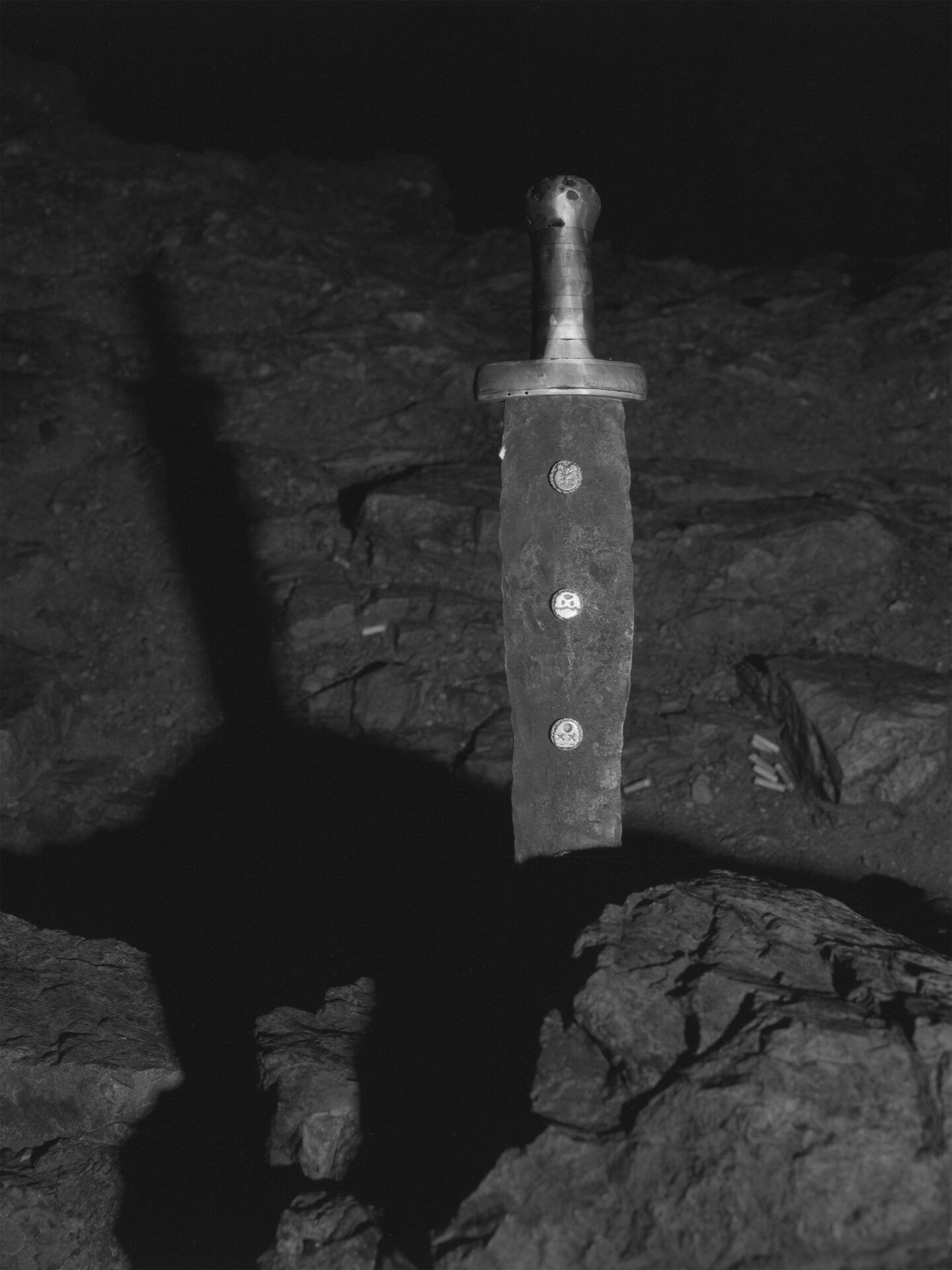
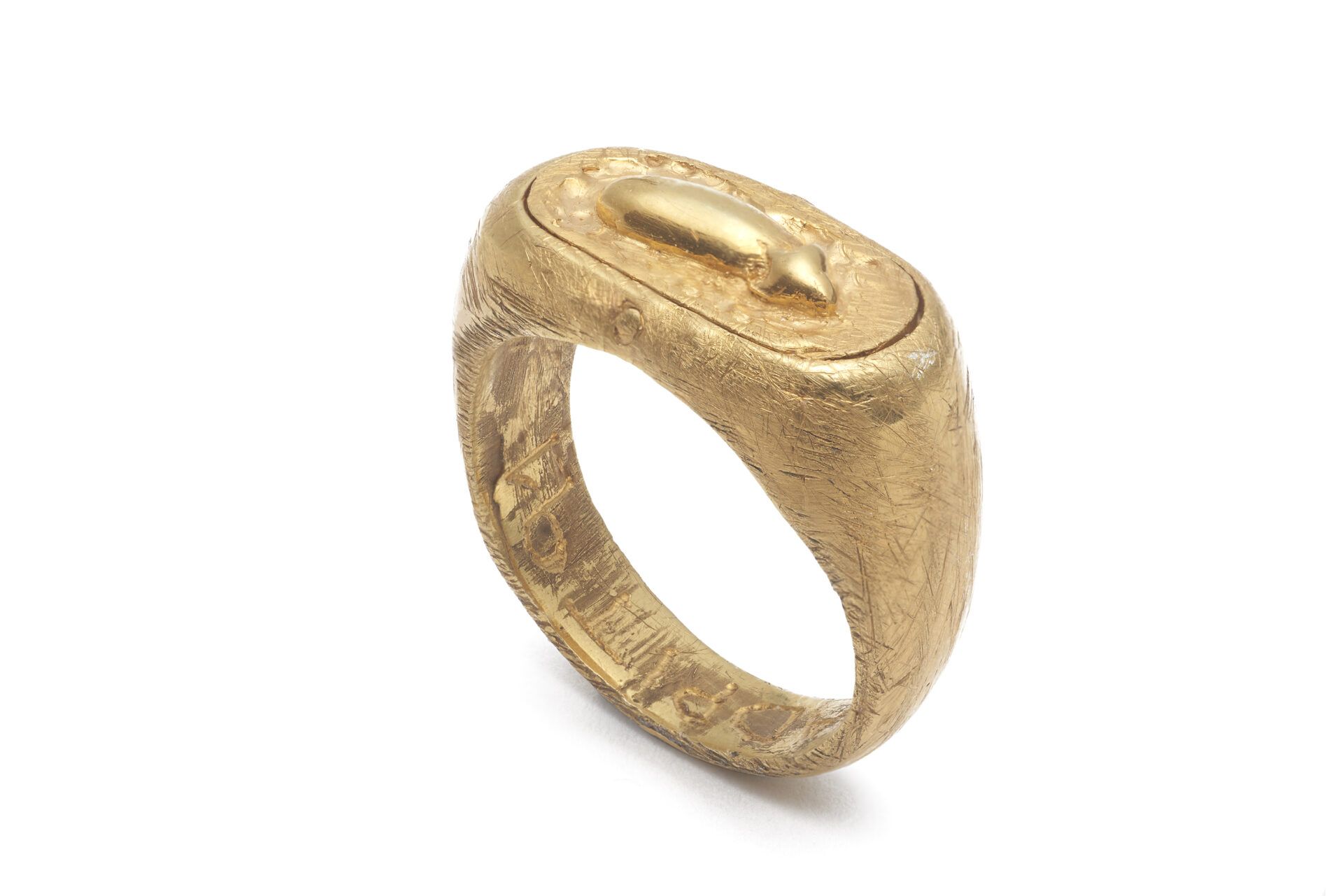
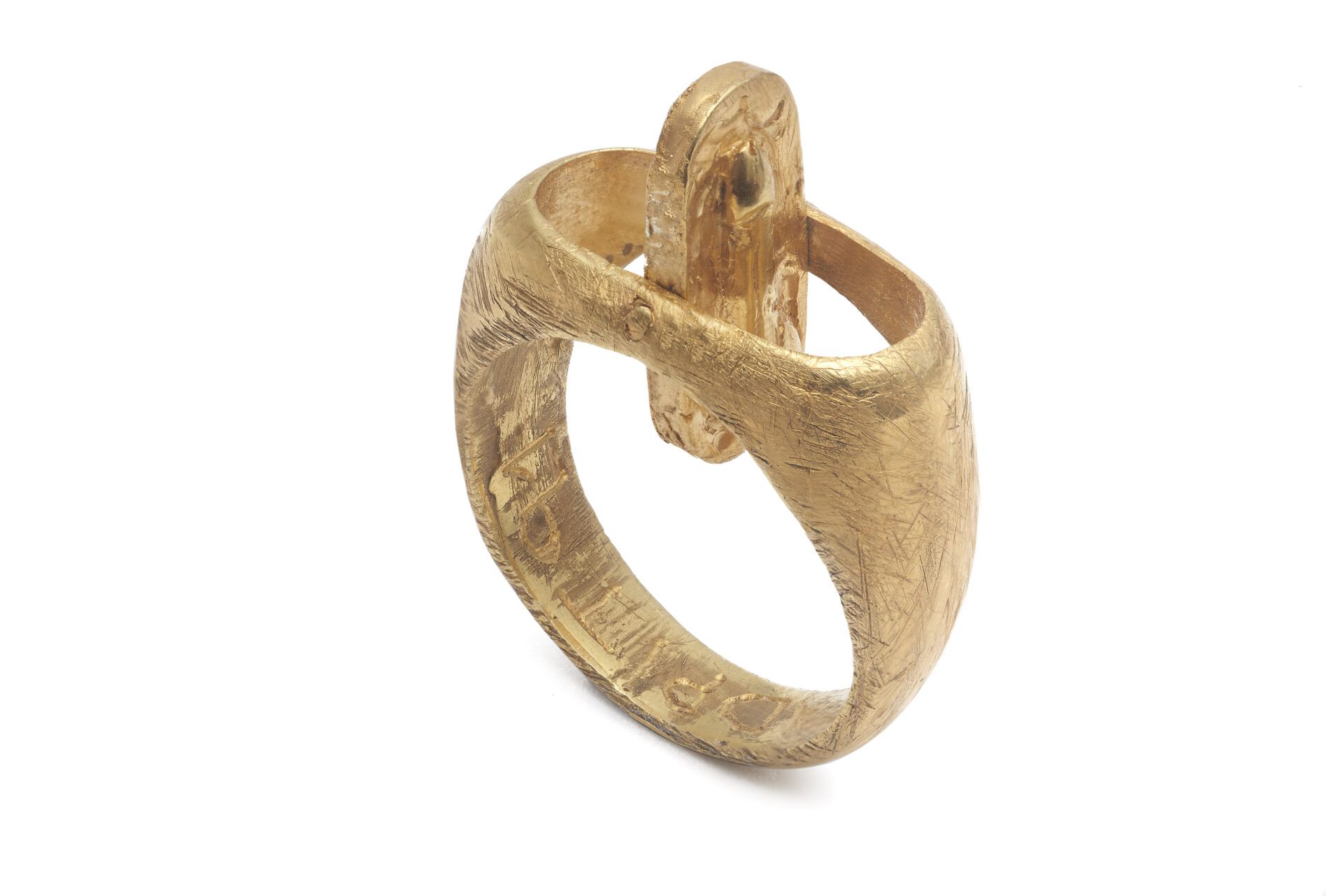
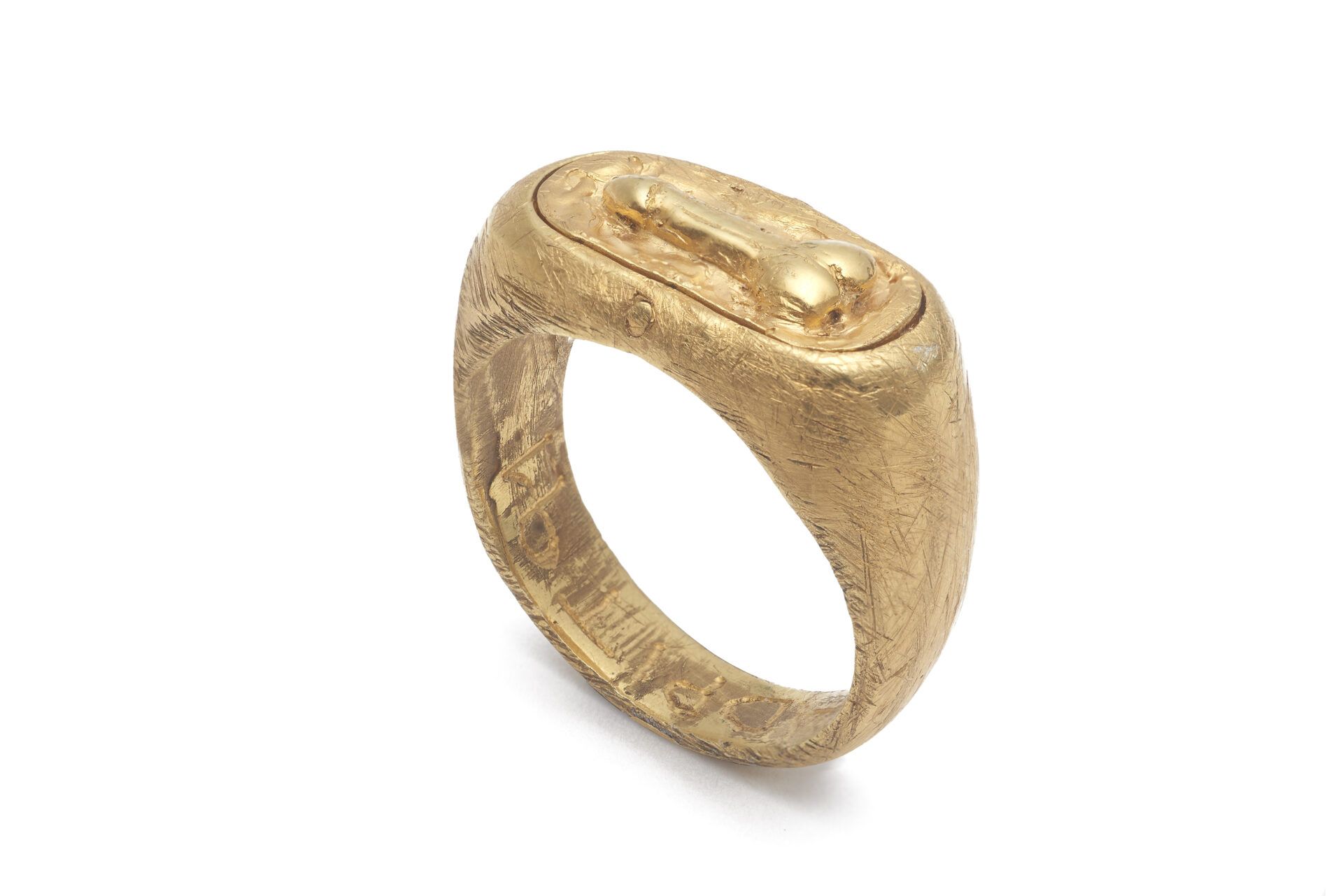
What captivated you so about this precise craft that you started to be fully dedicated to it?
Above all the availability, precision and privacy. One can create a whole collection in the space of 1×1 m without anyone knowing. It’s an unbelievably inconspicuous craft. When I was little, I loved to make huge LEGO spaceships in secret so I could show them off to everyone after a month of work. At the same time, you move into a different world while looking down a microscope. I sculpt a big sculpture that is 1 cm when finished. The thing I love the most is that the ‘huge LEGO spaceship’ won’t be broken down into individual pieces and put back under the bed in bags but will be worn by someone who interacts with the jewellery and so does their surroundings. It simply lives its own life.
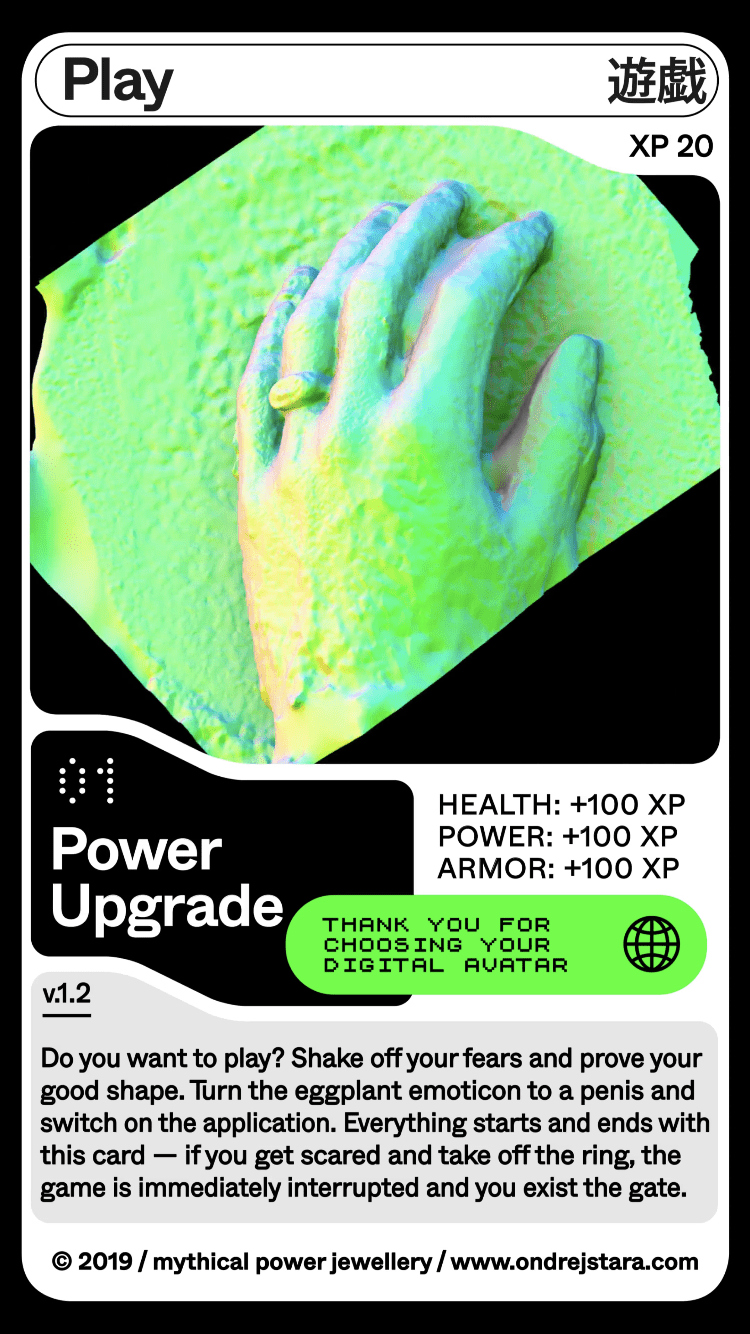
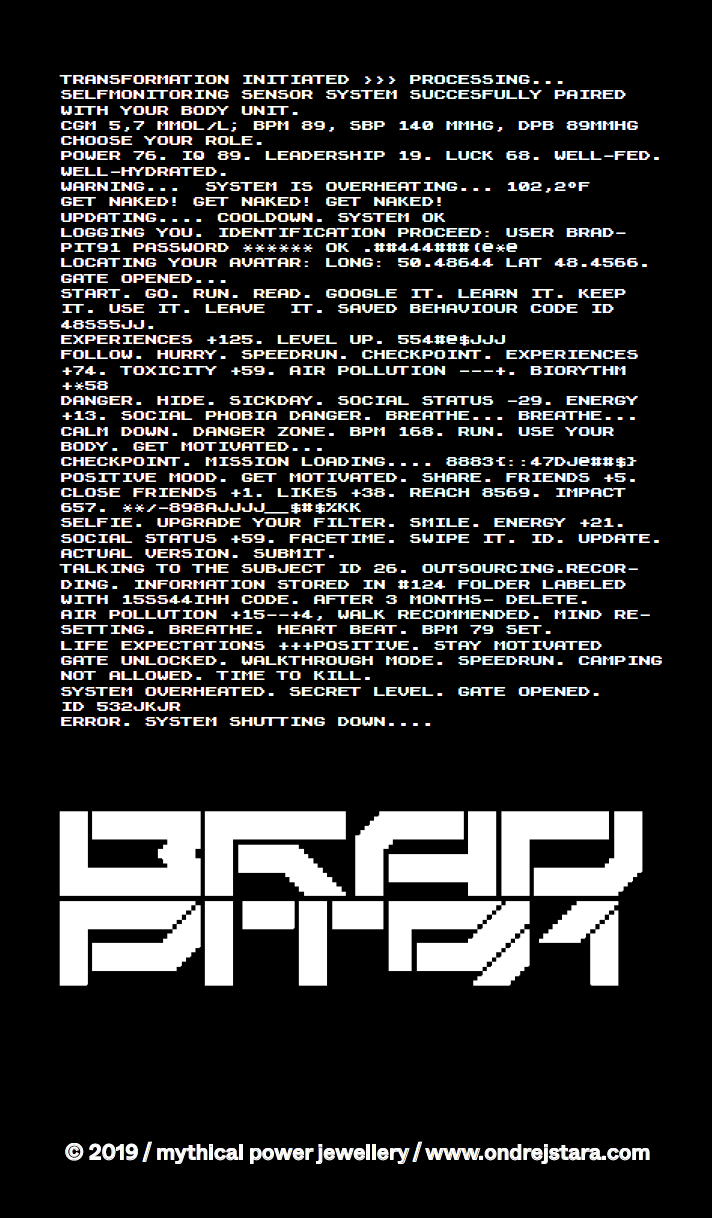
Besides custom works, are you planning another authorial project?
Yes. So far, I’ve been intensively thinking about it but there are a few drafts in the drawer already. This time, it will be a one-piece collection of jewels. I would like to relax a bit more and don’t get my hands tied by a unified concept. A lot goes on in my head, maybe too much sometimes, and I would like to use it as a drive and not as the absent-mindedness I reprimand myself for. Surely, it will be about surprising shapes, technical solutions, and unexpected material combinations.
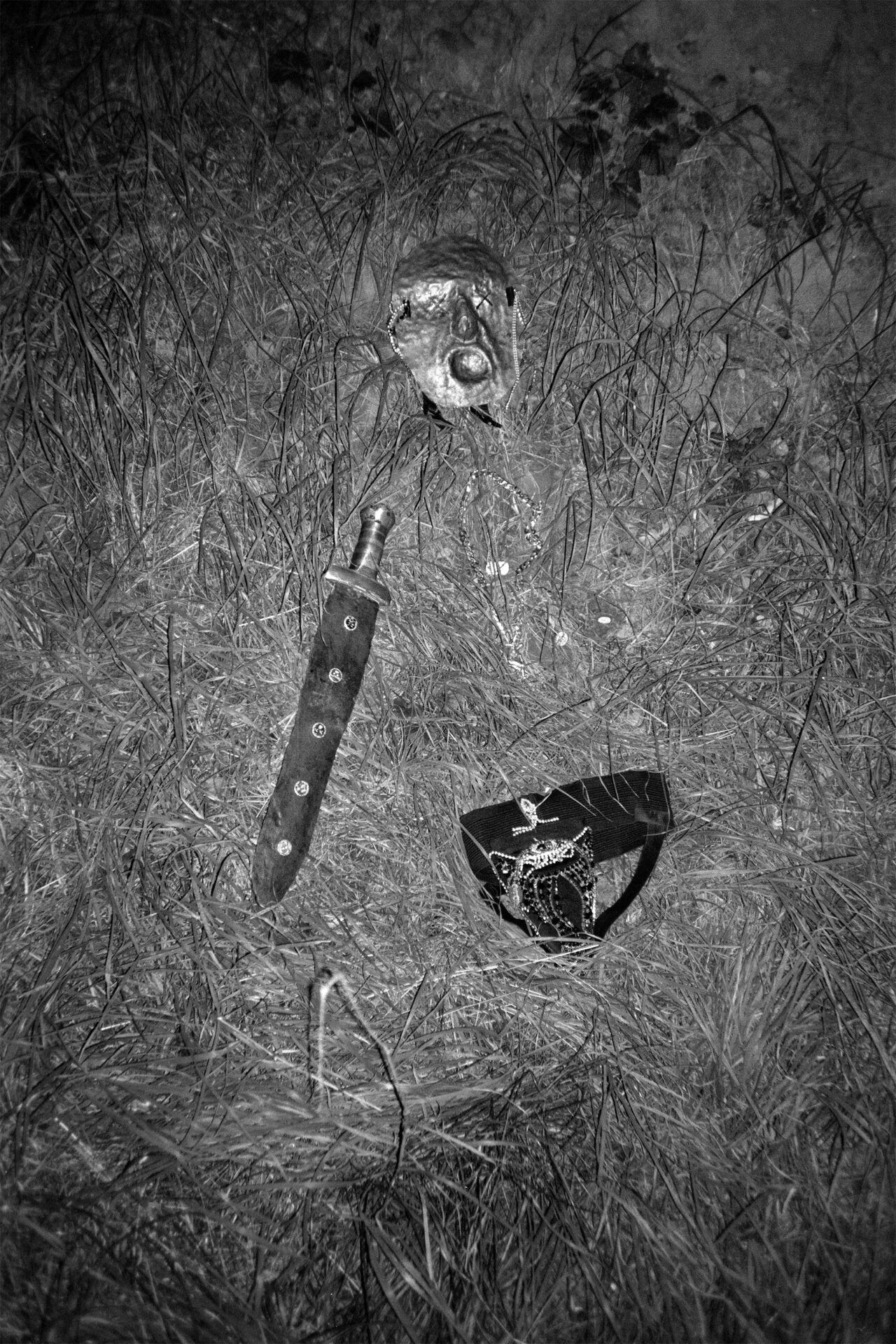
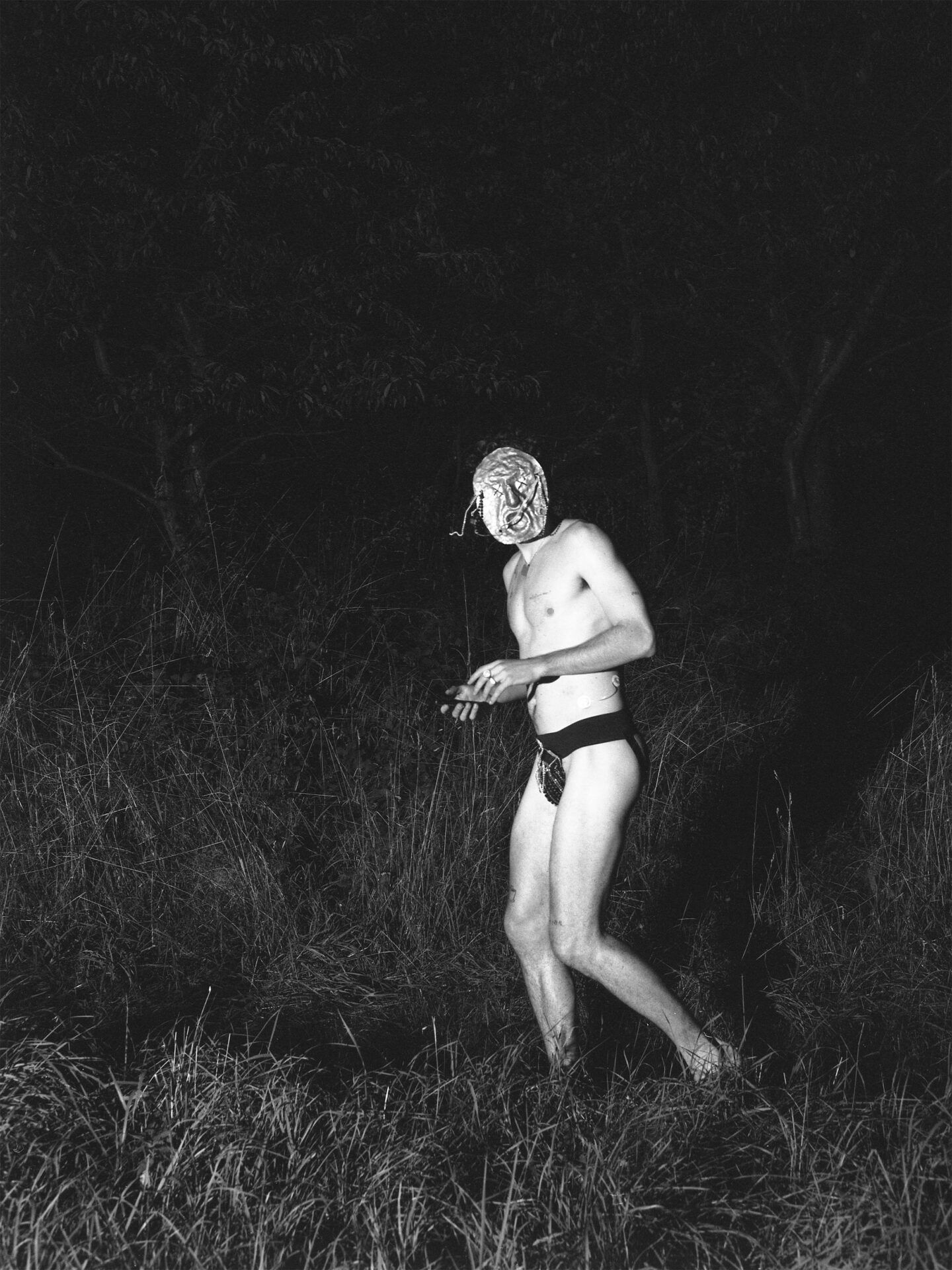
BIO / Ondřej Stára graduated from Biomedical Engineering at the Czech Technical University in Prague and will also soon graduate at Eva Eisler’s K.O.V. Studio at Prague’s Academy of Arts, Architecture and Design. For his collections, he was nominated for the Czech Grand Design Award in the Jeweller of the Year category in 2018 and 2019, and became a finalist in 2020. Each piece of jewellery comes to life in Ondřej’s hands. Each object bears the seal of proper handicraft with emphasis on the maximum quality of execution. That’s why the works are created in limited series or on a custom request with respect to the semantic line between the jewel and its wearer. His collections are unisex. Lately, the central theme of the pieces has been the individual and their relation to the jewel, which not only decorates them but also communicates with them. Therefore, Ondřej’s creative focus surpassed the aesthetic plane of jewellery-making and searches for other ways to approach this mission.
In the past, he designed jewellery for established Czech brands MAMORI and Zorya, and Spanish MAM originals from Barcelona. You can visit Stára in his Prague, Czech Republic, showroom.
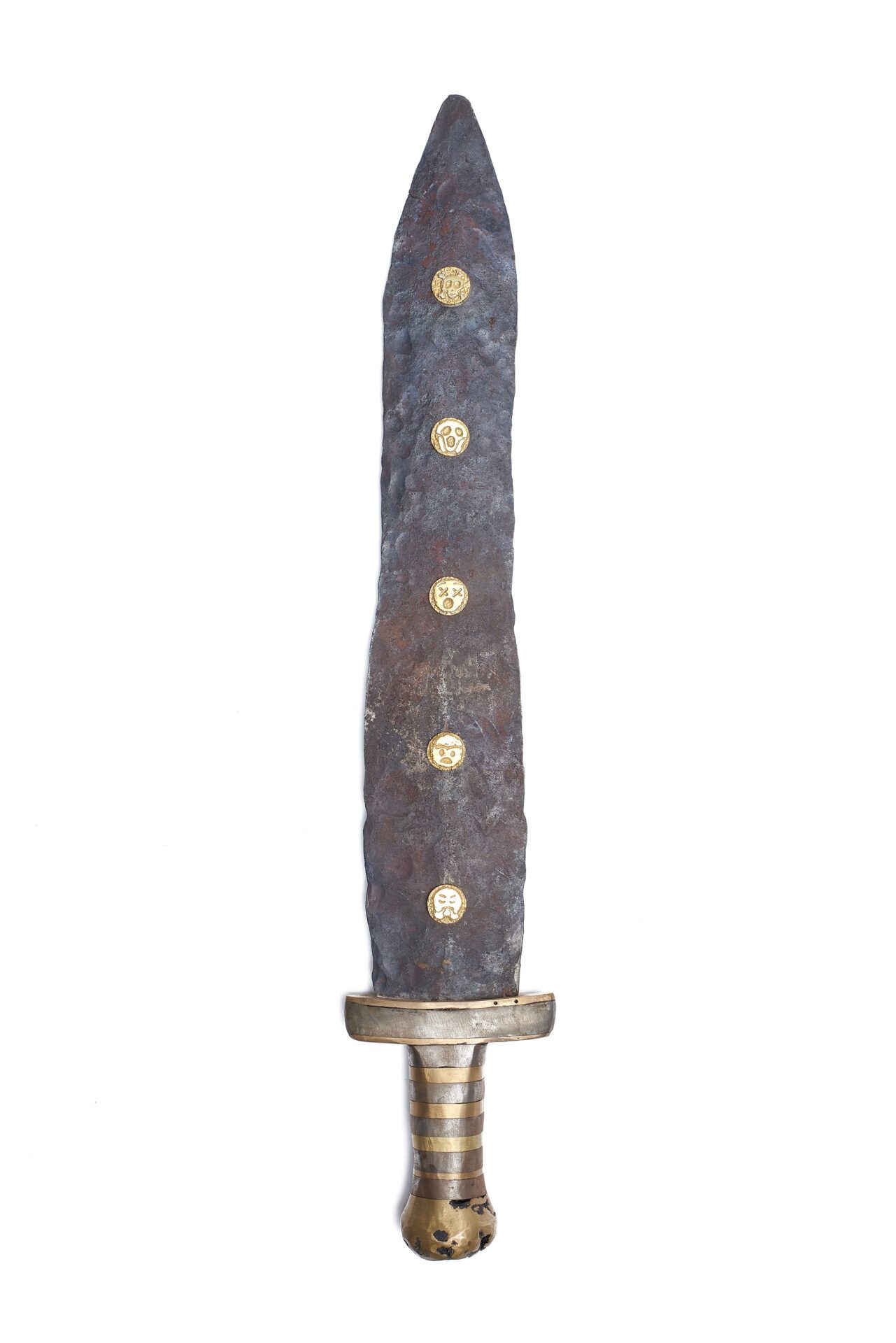
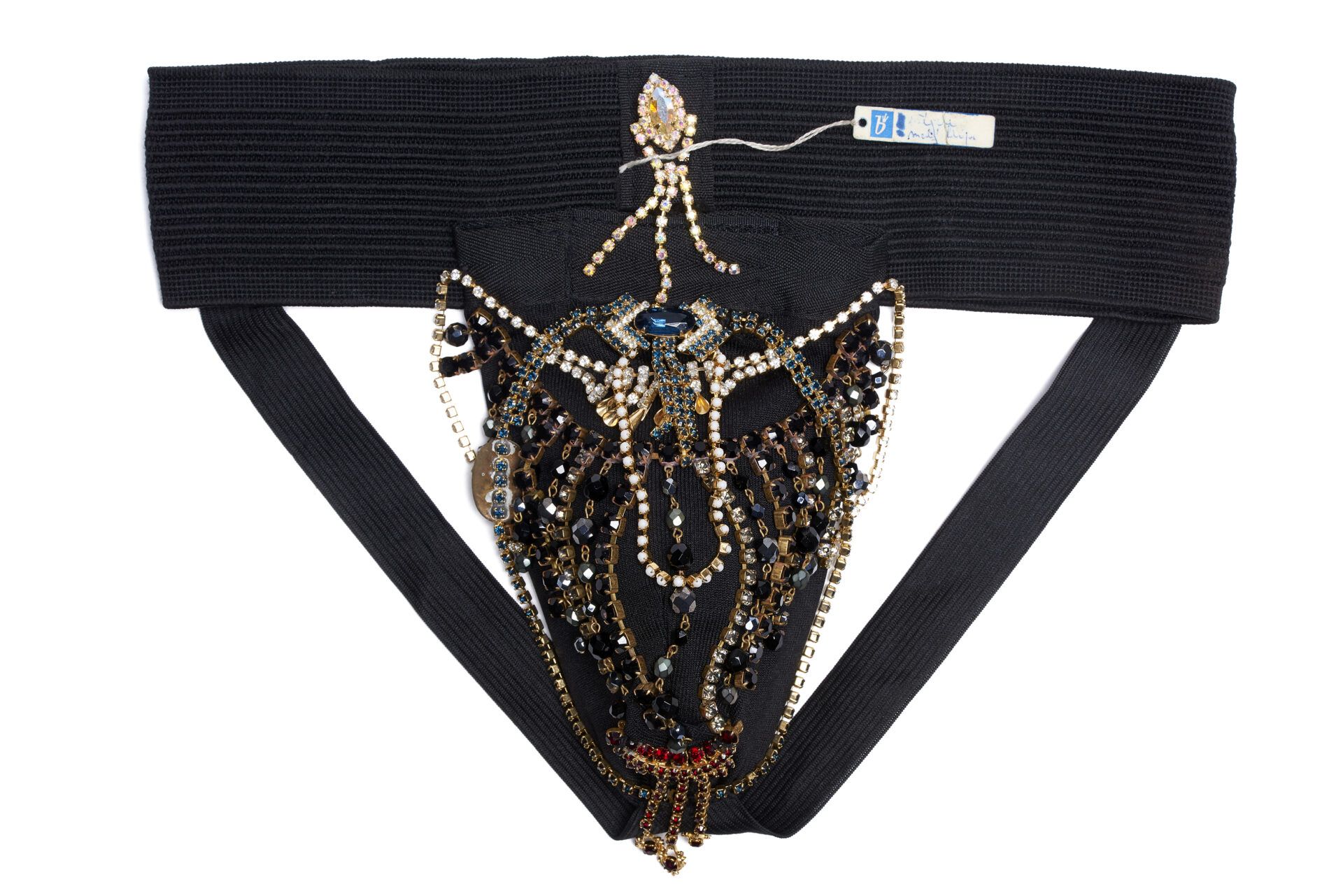
CREDITS
ARTWORK / Ondřej Stára @ondrej.stara www.ondrejstara.com
PH / František Svatoš @frantiseksvatos
INTERVIEW / Agáta Zapotilová
TRANSLATION / Františka Blažková
3DSCANS & GRAPHIC DESIGN / Matěj Vojtuš @matejvojtus
JOCKS / Collab with Aleš Hnátek @aleshnatek
SWORD / Collab with Robin Denzen @robin.denzen
VIDEO / Collab with Michael Carrithers


